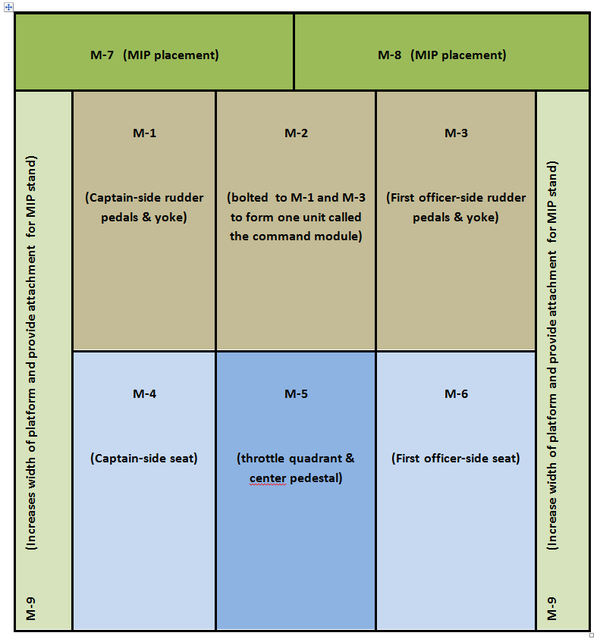During the Second World War, a crippled Boeing B17 was struggling to maintain altitude. The aircraft and eleven crew members were over occupied Europe, returning to England, following a successful bombing mission.
Searchlights, Flak & Enemy Fighters
After negotiating the enemy searchlights that probed the darkness over their target, and then being struck by shell fragments from anti-aircraft flak, they were pounced upon by German fighters on their homeward leg. The ensuring fight was dramatic and left the damaged bomber with only two engines running and third engine having difficulty. As the bomber approached France, the enemy fighters, starved of fuel, aborted their repetitive attacks, but the damage had been done. Loosing airspeed and altitude the aircraft could not maintain contact with the Bomb Group; soon they were alone.
The captain, in an attempt to maintain altitude, requested that everything heavy be jettisoned from the aircraft. This included machine guns, ammunition and damaged radio equipment; soon the B17 was a flying skeleton if its former self.
The Captain was concerned that a fire may develop in engine number three as it was spluttering due to a fuel problem. The Captain did not need to concern himself much longer, for the engine began to cough uncontrollably before vibrating and ceasing to function. The aircraft was now only flying on one engine – something not recommended, as it placed great strain on the engine and aircraft superstructure.
The aircraft continued to loose altitude despite the jettisoning of unwanted equipment. The Captain decided it was better to ditch into the English Channel rather than land in occupied France. His thinking was that Air Sea Rescue maybe able to pick them up, if their repeated morse code (SOS) had been received by England. The power of one engine was nowhere enough to maintain such a large and heavy aircraft and the crew prepared to ditch into the freezing cold water of the channel.
We’re Going In – Good Luck Boys!
“Get ready guys, we’re 300 feet above the water” yelled the Captain into his intercom system. “As soon as we hit bust them bubbles and get out. Try to get a raft afloat”. “Link up in the water – Good Luck!”
Everyone expected the worse. Surviving a ditching was one thing, but surviving in the cold water of the English Channel in winter was another! The rear gunner, since moving forward sat close to escape hatch and gingerly rubbed his rabbit’s foot; he had carried this on every mission. The side gunner fumbled repeatedly with his “lucky” rubber band, the bombardier sat in private thoughts, a photograph of his loved one held tightly in his hand, and the navigator frantically punched his morse set trying to get the last message out before fate took command of the situation.
The aircraft, although trimmed correctly, slowly began to dip towards the sea. But at 60 odd feet above the waves, the aircraft began to float – it felt as if the aircraft was gliding on a thermal. For some reason the aircraft didn't wish to descend. The remaining engine screamed its protest at being run at full throttle, however the horizontal glide continued.
The Captain was amazed and thankful for whatever was keeping this large aircraft from crashing into the sea. It was as if the B17 was cruising on a magic carpet of air – why didn’t it crash.
A tail-wind assisted in pushing the B17 toward England and safety; seeing the English coast in sight, the navigator quickly calculated a route to the nearest airfield closest to the coast. Twenty minutes later the bomber lumbered over the runway. The only way to land was to reduce power to the remaining engine and push the control wheel forward, thereby lowering the pitch angle. They were home and safe!
Divine Interaction, Luck, or Skill ?
The crew thought it was divine interaction that the bomber had not crashed – or perhaps luck!
Aviation engineers were baffled to what had occurred. The aircraft had glided many miles above the surface of the English Channel and had not crashed. Boeing, in an attempt to unravel what had occurred, repeated the event in the confines of a wind tunnel, to realize that what had maintained the large aircraft airborne was not divine interaction, but the interaction of what has since been termed Ground Effect.
The above account, although embellished in detail, did occur. The mishaps of this bomber during the Second World War demonstrated a previously unknown phenomenon - Ground Effect.
Ground Effect – Technical Explanation
Ground effect refers to the increased lift and decreased drag that an aircraft wing generates when an aircraft is about one wing-span's length or less over the ground (or surface). The effect of ground effect is likened to floating above the ground - especially when landing.
When an aircraft is flying at an altitude that is approximately at, or below the same length of the aircraft's wingspan, there is, depending on airfoil and aircraft design, a noticeable ground effect. This is caused primarily by the ground interrupting the wingtip vortices, and the down wash behind the wing.















































